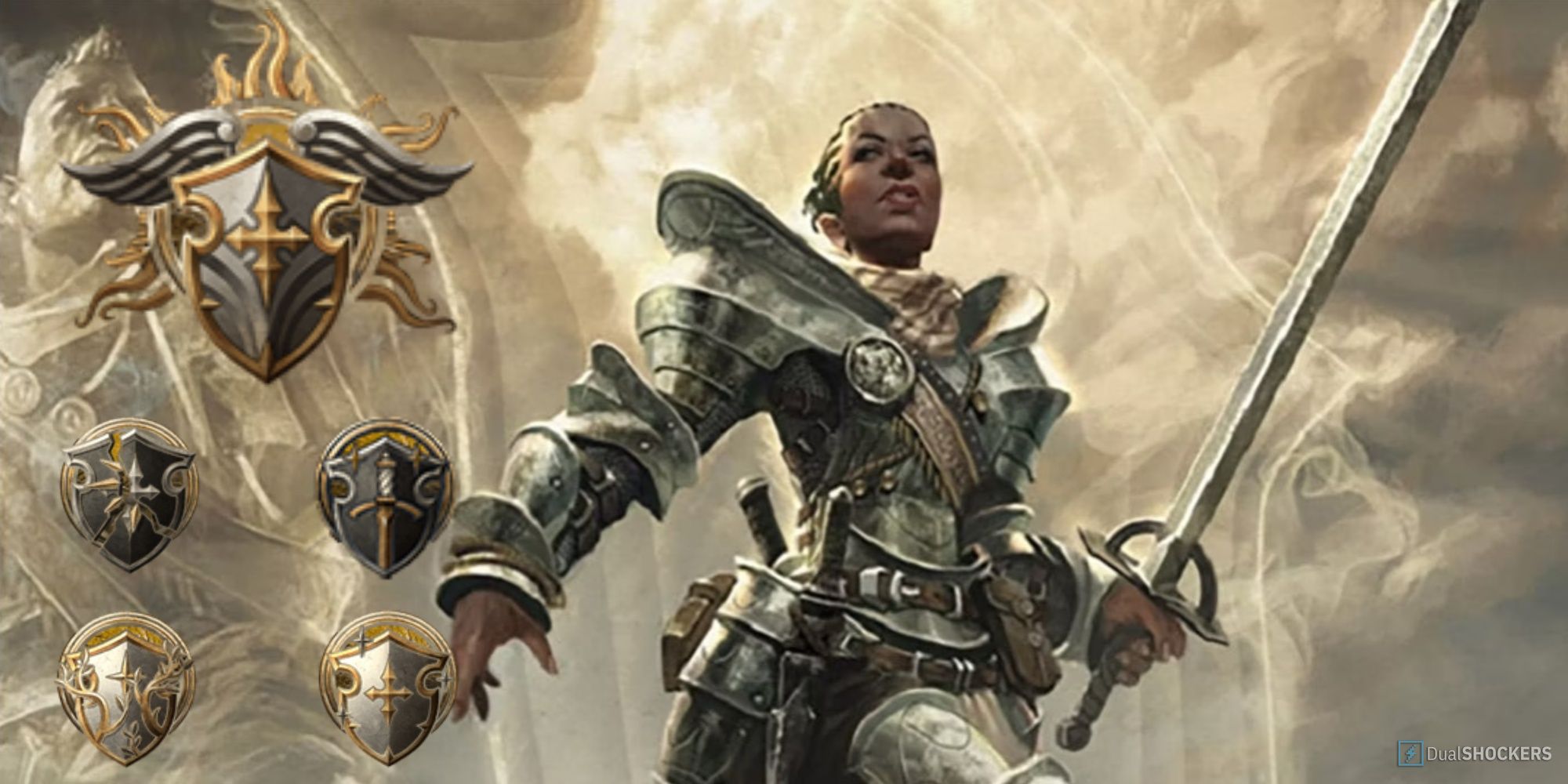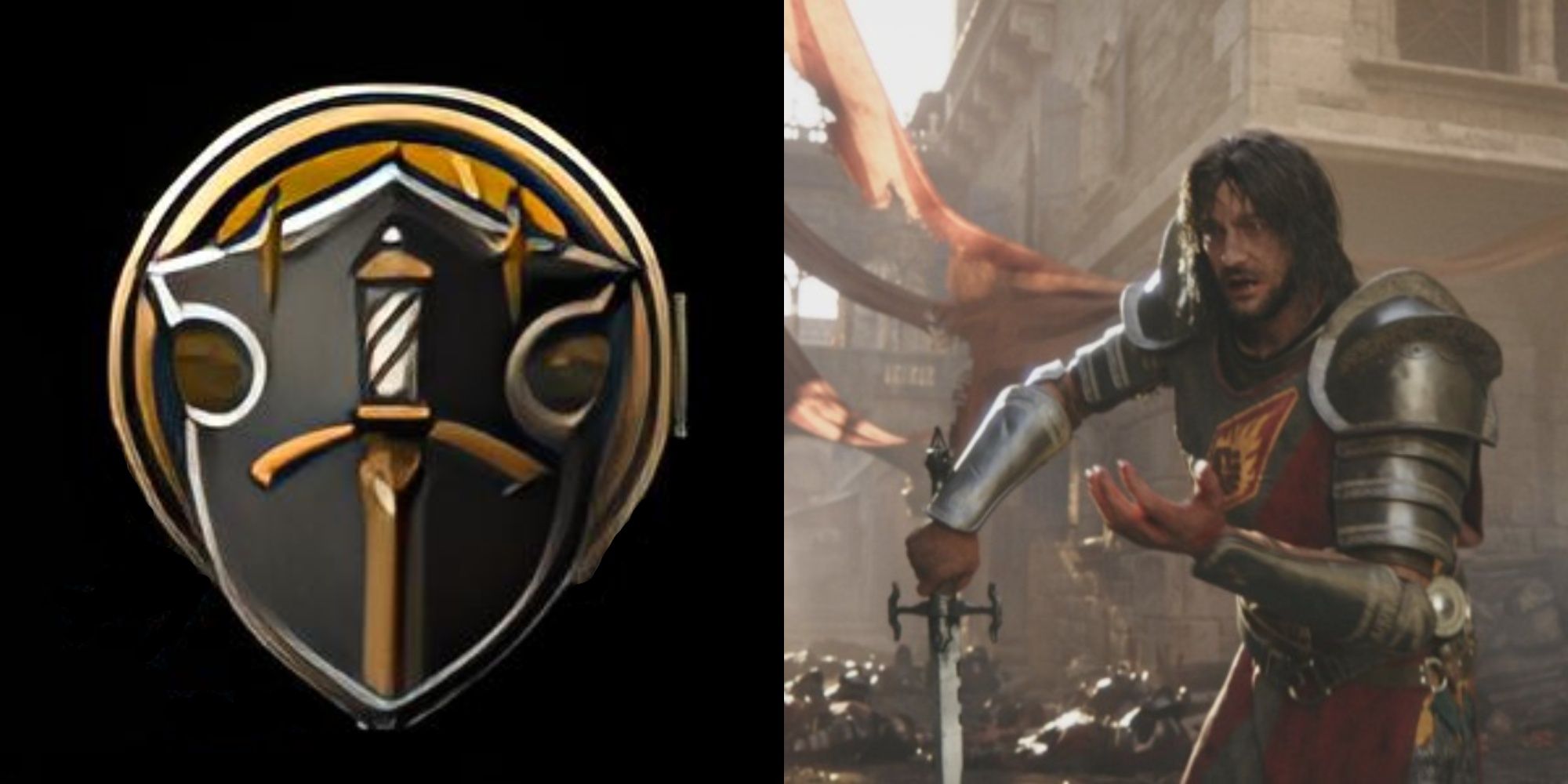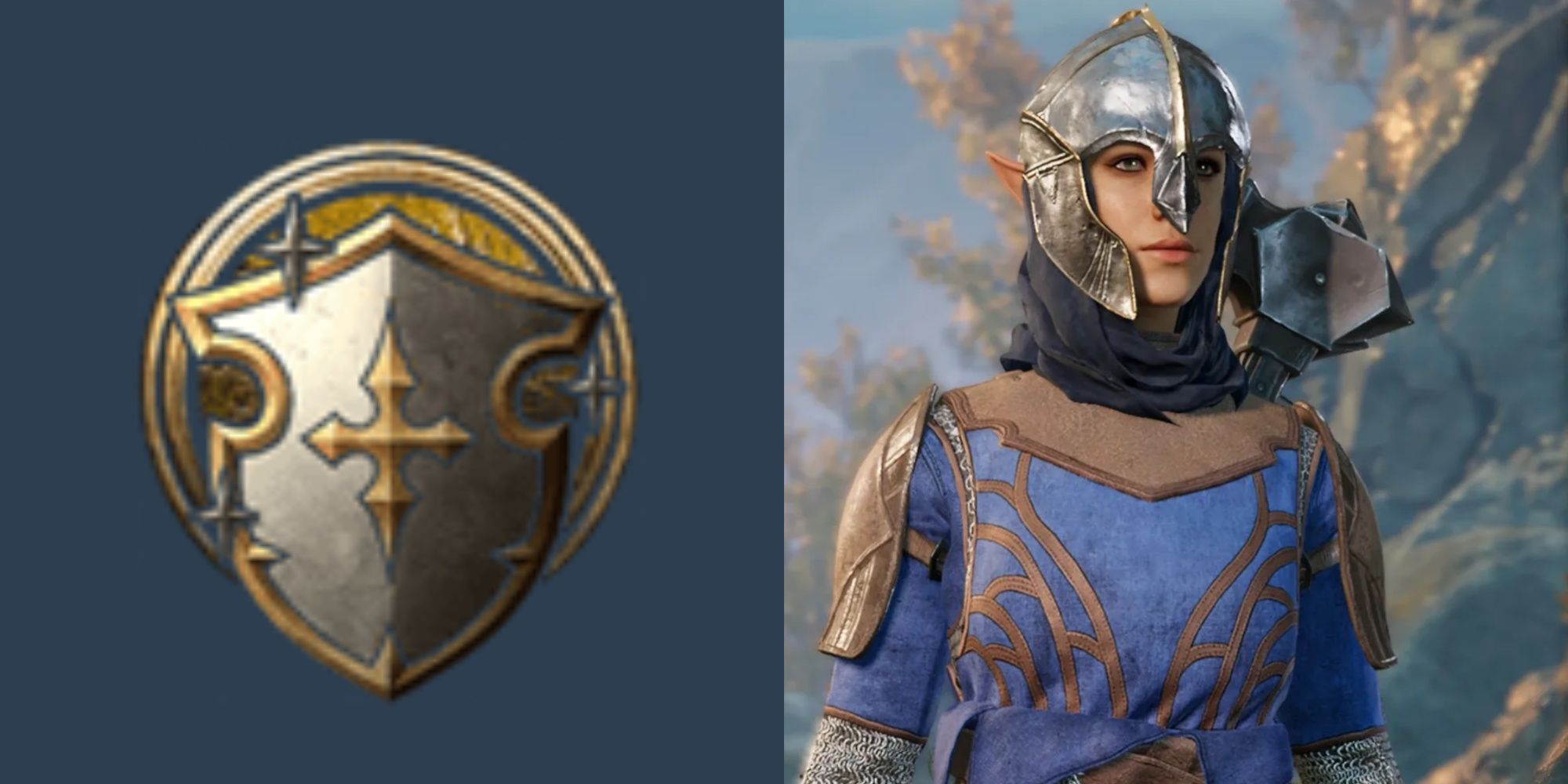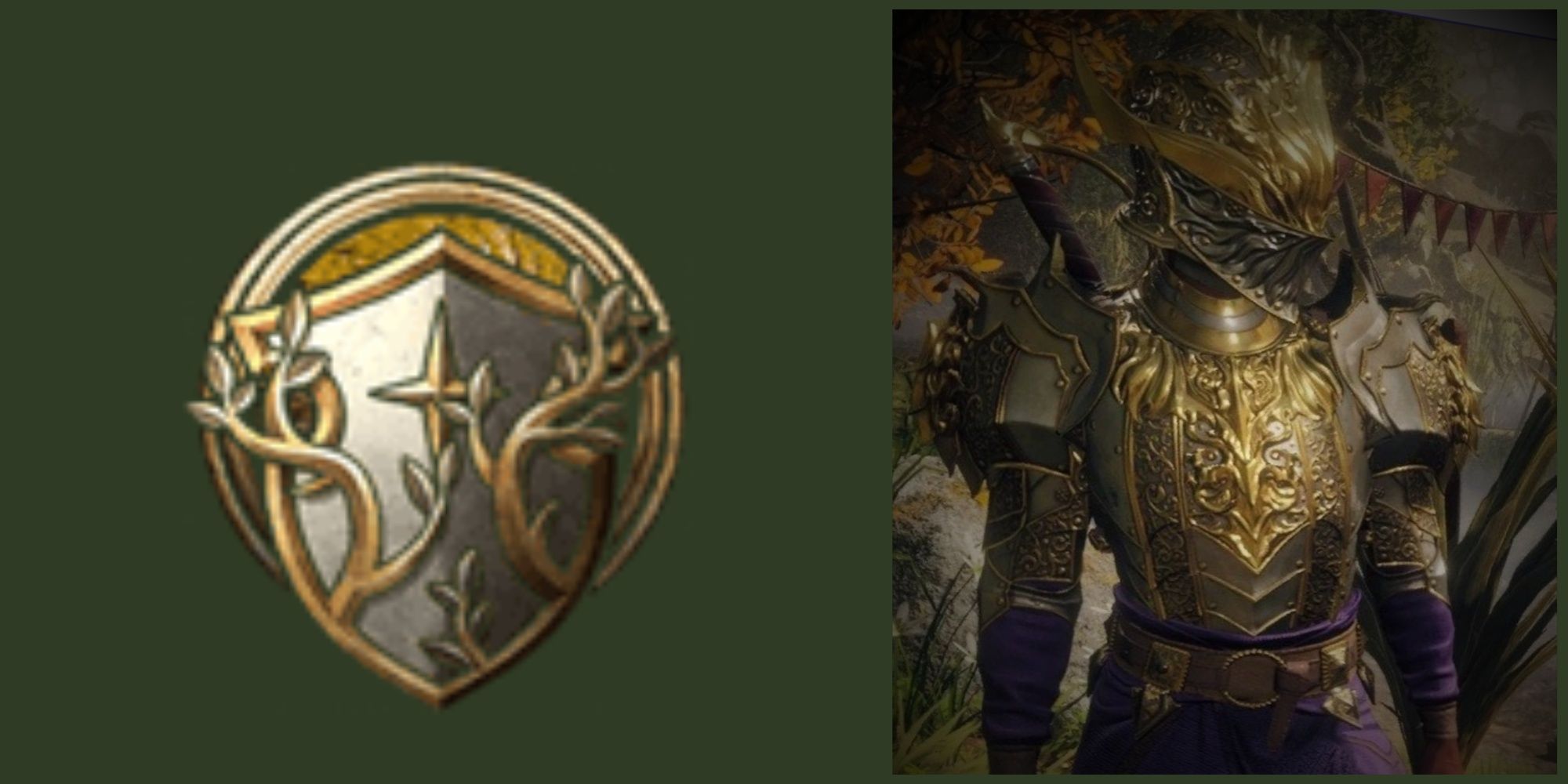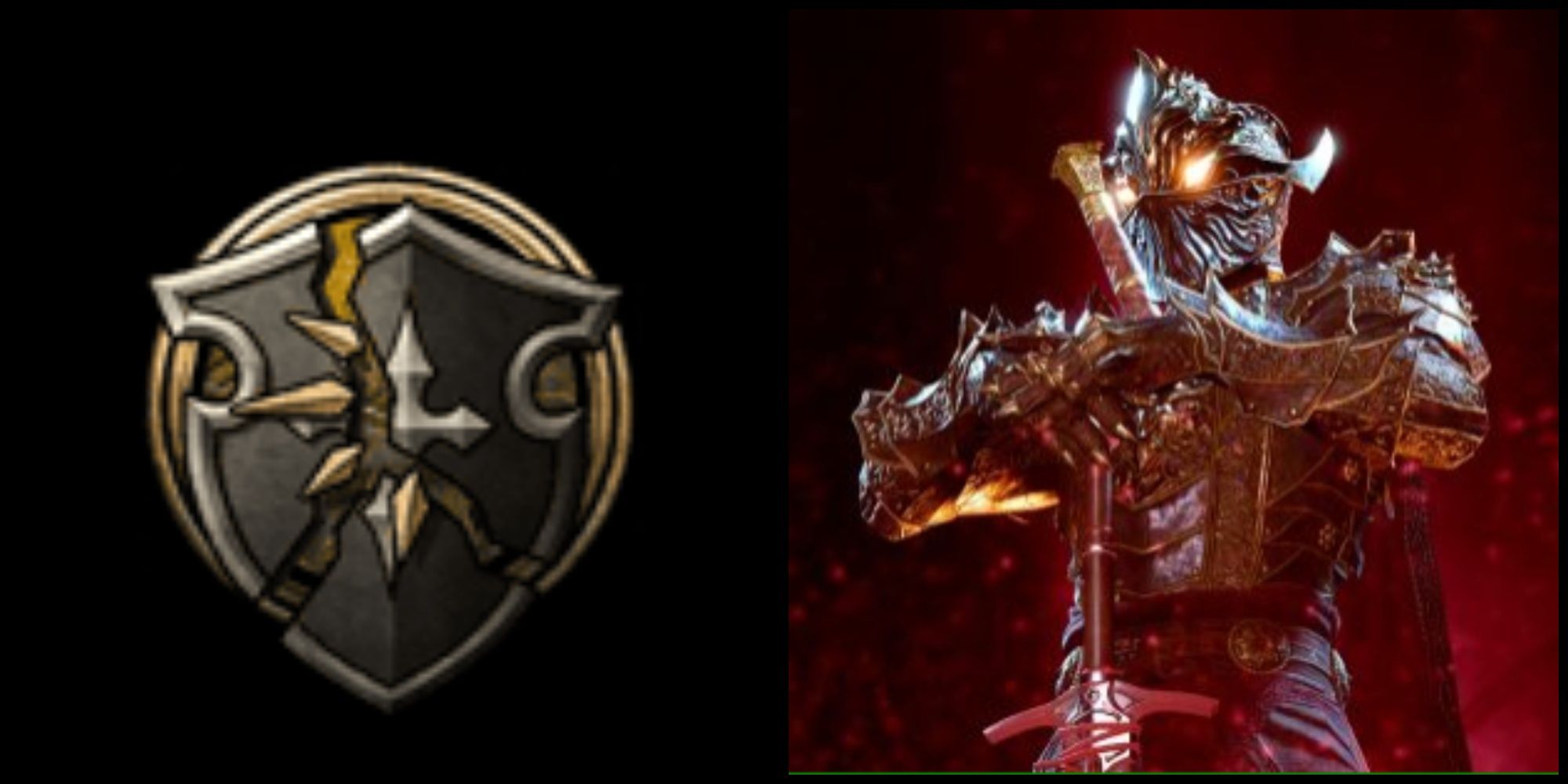Highlights
- The Oath of Vengeance is recommended for solo players who want to fight everything, but it lacks an aura to help allies, making it the lowest-ranked paladin oath.
- The Oath of Devotion is ideal for players who want to play as honorable knights with abilities that protect allies and quickly end fights.
- The Oath of Ancients is a flexible choice for those who prefer nature themes, offering abilities that restrain enemies and reduce spell damage for you and your allies.
The full release of Baldur's Gate 3 has introduced a slew of questions from players and shaken up the meta. Which class should you pick? What are the lineages like? And once you know those things, which subclass are you going to play?
Players who have chosen a Paladin for their playthrough will be presented with three default subclasses - Oath of Vengeance, Oath of Devotion, and Oath of Ancients - along with a secret subclass called the Oathbreaker. Keep reading for details about what each does and which ones are the best.
4 Oath Of Vengeance
The Oath of Vengeance, the paladin, is the Inquisitor of the D&D world. This paladin swears an oath to wipe out evil through violent means and determine the highest morality to the best of their ability. The result is that this is the best oath for solo players who plan to fight anything and everything. However, they are the only paladin who doesn't have an aura to help their allies, making them the lowest-ranked oath on the list.
The Oath of Vengeance's unique features are Inquisitor's Might, Abjure Enemy, Relentless Avenger, and Vow of Enmity. Inquisitor's Might is a straightforward bonus action ability - use it on yourself or an ally to make their melee attacks deal 2 additional radiant damage and Daze targets. Adjure Enemy lets you frighten foes, and Relentless Avenger lets you chase those fleeing enemies more effectively. Finally, and perhaps most importantly, Vow of Enmity helps you hit targets for that sweet nova damage.
3 Oath Of Devotion
The Oath of Devotion is perfect for those that want to play out their honorable knight fantasy. These paladins are dedicated to avoiding fights when they can, helping those in need, and showing mercy. However, it will make it difficult to romance some NPCs in the game without breaking your oath, such as Astarion or Minthara.
Mechanically, the Oath of Devotion Paladin excels in protecting allies during fights with Holy Rebuke - which deals damage to enemies who attack that ally. You also get better at ending fights quickly with Sacred Weapon, which emits light and has a greatly increased hit chance. Later on, you will also gain Aura of Devotion, which prevents you and your nearby allies from being charmed (useful against pesky fiends). In addition to unique features, Paladins gain several Oath Spells, which are always prepared. For the Oath of Devotion, these are Protection from Evil & Good, Sanctuary, Lesser Restoration, Silence, Beacon of Hope, and Remove Curse.
2 Oath of Ancients
If you like the nature flair of the Druid but don't quite like any of the Druid subclasses, then an Oath of Ancients Paladin could be a good choice for you. These paladins devote themselves to the old gods, protecting the sanctity of nature from the ever-present forces of darkness and chaos. Additionally, this is one of the most flexible oaths to keep - you need only promise to protect love and hope while enjoying the little pleasures in life.
The unique abilities of the Oath of Ancients Paladin are Nature's Wrath, Aura of Warding, and Healing Radiance. Nature's Wrath is an excellent cc option that allows you to restrain an enemy, similar to the Entangle spell. While restrained, enemies are easier to hit, cannot move, and are worse at hitting you. Healing Radiance is a great sustain tool because it heals you and is an ally for 10 hp over two turns. However, the best feature of this oath is the Aura of Warding, which causes you and nearby allies to take half damage from spells. The spells for the Oath of Ancients are Speak with Animals, Ensnaring Strike, Misty Step, Moonbeam, Protection From Energy, and Plant Growth.
1 Oathbreaker
The Oathbreaker Paladin is a secret subclass accessible only when you break an oath. This subclass is regarded as evil in D&D lore and requires a big redemption to come back from. However, in Baldur's Gate 3, you can restore your Oath after breaking it by paying a fee - apparently, only poor paladins have to follow the rules.
If you would like to do a playthrough as the Oathbreaker rather than restoring your oath, few can pretend that it isn't one of the most powerful subclasses in the game. Their features are Spiteful Suffering, Dreadful Aspect, and Control Undead. Spiteful Suffering allows you to choose an enemy you especially hate, causing them to take 1d4 Necrotic damage on each of their turns. Dreadful Aspect taps into your spooky nature, frightening those around you. Finally, Control Undead does what it says on the tin - control the undead you find in the world or summon your own at later levels. This, in particular, is OP because it changes the Action Economy of a fight drastically in your favor. As a bonus, the Oathbreaker spells are solid - Hellish Rebuke, Inflict Wounds, Crown of Madness, and Darkness.

